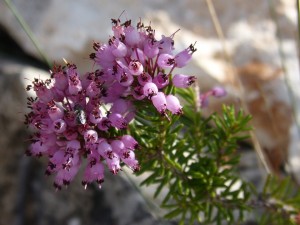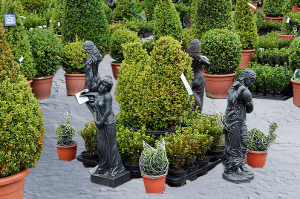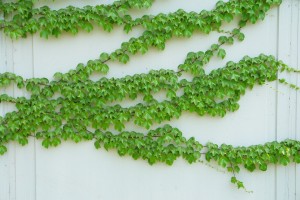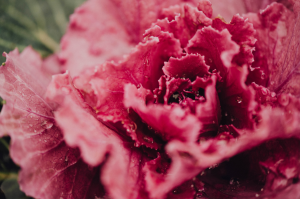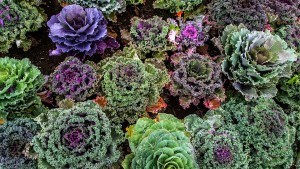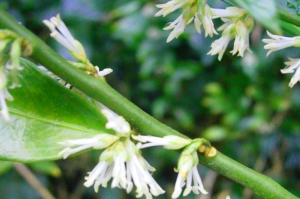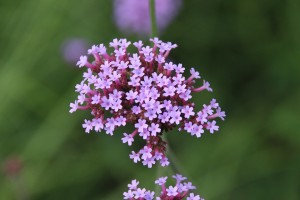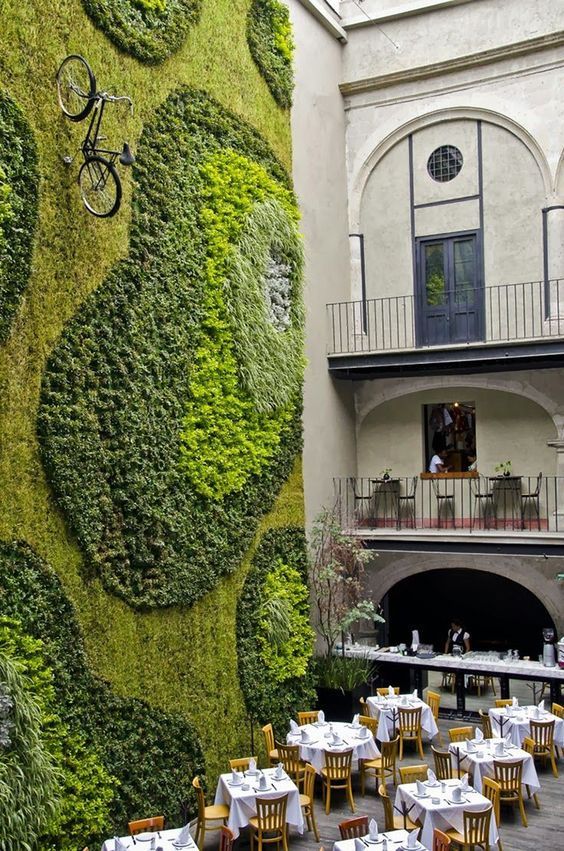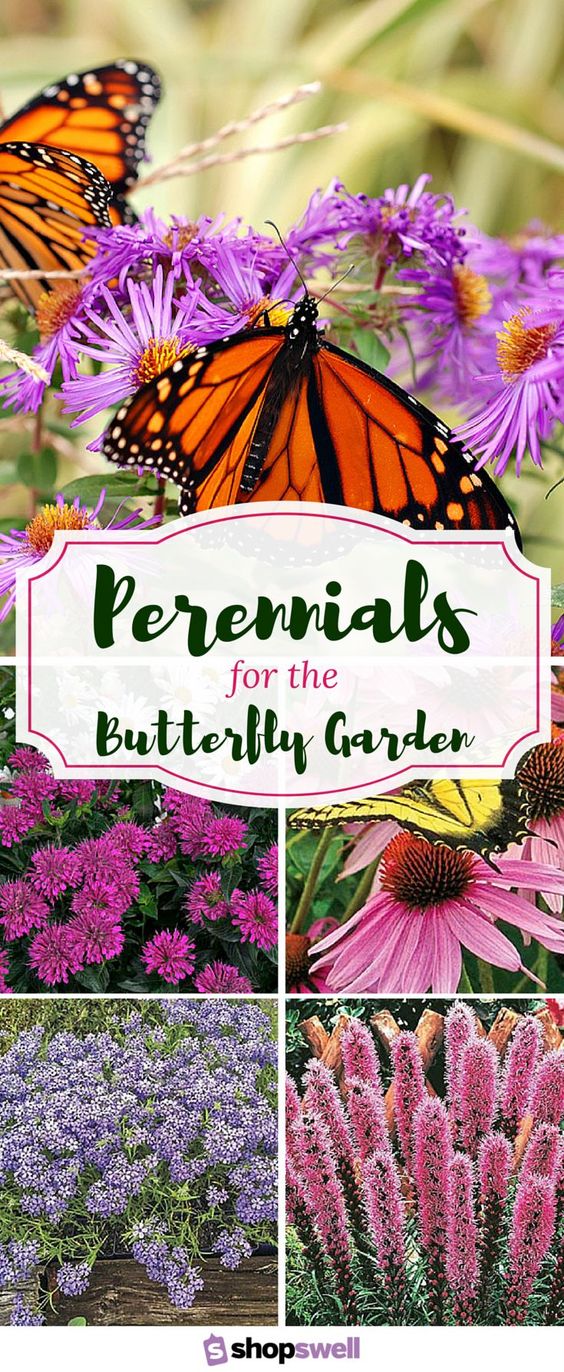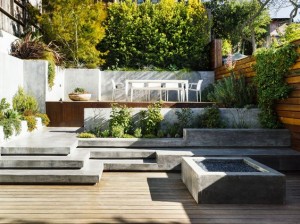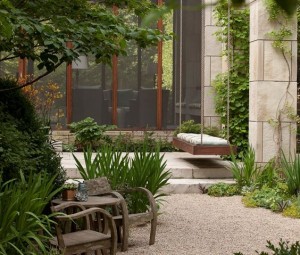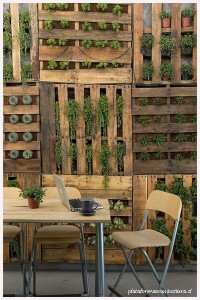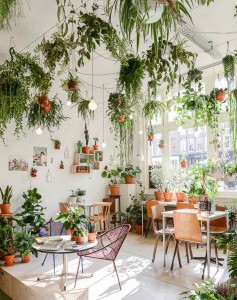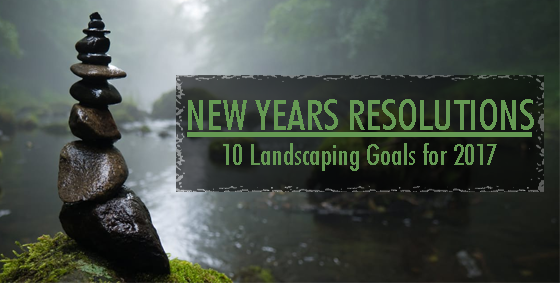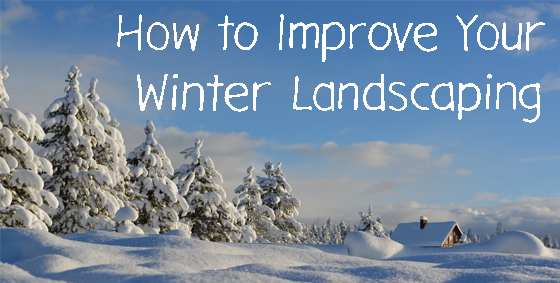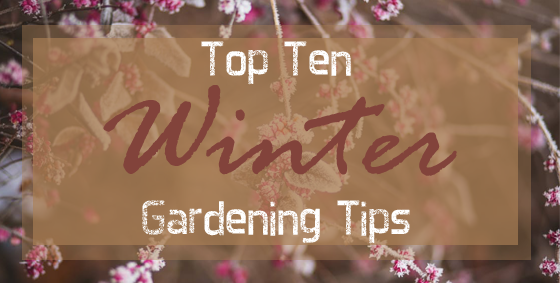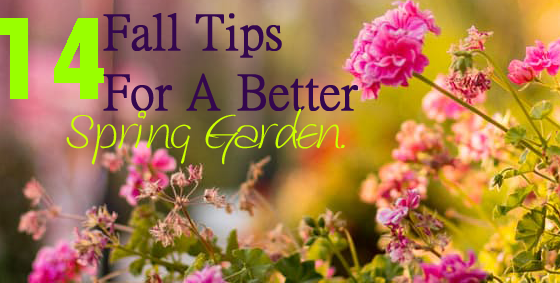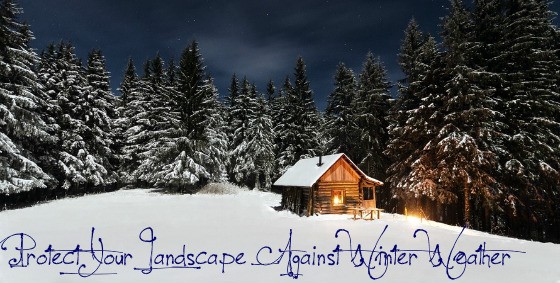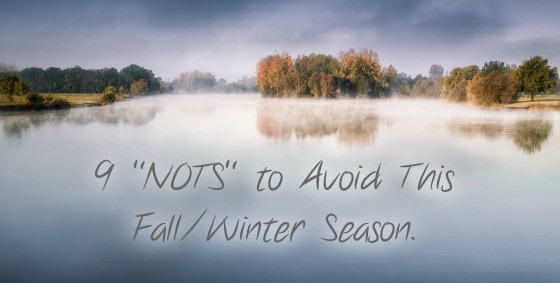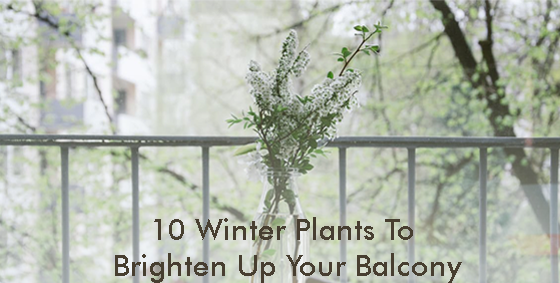
Isn’t it nice to look out your window and see your colorful plants blooming? Just because it’s winter does not mean you have to stop gardening! Here’s a list of plants that will survive the chilly months to give your balcony (or patio) a makeover!
Winter Heathers
Winter-flowering heathers love wind and rain! Plant them in a pot or container on your balcony
and you will have beautiful blooming plants during the coldest months!
Dwarf and Slow-Growing Conifers
Conifers give structure and color to gardens or patios even in wintertime when other plants die down.
They are also good companions for heathers providing bright green foliage.
Climbing Plants
There are only a few climbing plants that bloom in the bleak months of winter. One of them is the Clematis cirrhosa var. balearica.
There are other climbers such as the Lonicera fragrantissima or the Clematis cirrhosa that will survive winter.
Ornamental Kale and Cabbage
Create some unique textures on your balcony by adding some cool looking ornamental kale and cabbage varieties!
They are some of the most popular winter plants! The inner leaves develop pink shades as soon as the
temperature gets below 10 degrees celsius.
Holly and False Holly
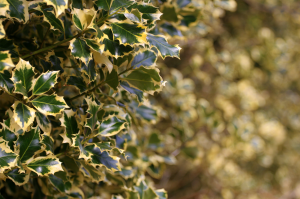 False Holly is a small evergreen shrub with holly-like leaves that are irregularly spined and green edged
False Holly is a small evergreen shrub with holly-like leaves that are irregularly spined and green edged
in creamy-white. These shrubs are great for winter plants and will attract birds to your container garden.
Not to mention, they will provide a bit of privacy as a hedge, border or foundation plants.
Swiss Chard and Kale
Swiss Chard and Kale are a popular vegetable grown for fall and winter.
There are varieties that won’t perform well in the cold season as well as some
that are remarkably cold-tolerant. Be sure to make sure you pick the correct variety.
Christmas Box
Christmas Box or Sarcococca confusa is an evergreen shrub with dark glossy green foliage and
tiny creamy white sweetly scented flowers. The flowers are followed with black glossy berries that
will attract birds on your patio or balcony.
Coral Bells, Heuchera
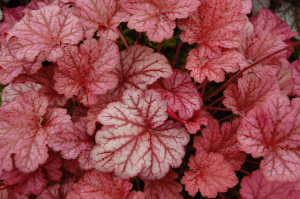 Heuchera is a perfect perennial to brighten up your balcony throughout the winter season.
Heuchera is a perfect perennial to brighten up your balcony throughout the winter season.
Also known as Coral Bells, they come in various different colors and the leaves can be heart-shaped, rounded or triangular.
Hellebores
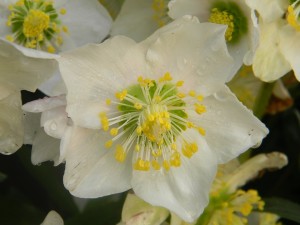 There are not many plants that actually bloom in January’s snow, but Hellebores is one of those limited plants!
There are not many plants that actually bloom in January’s snow, but Hellebores is one of those limited plants!
This beautiful flower can withstand cold, wind and rain, thriving in the coldest time of the year!
Creeping Thyme
This evergreen subshrub with a typically aromatic foliage that can be used for cooking is typically an aromatic foliage.
This mat-forming plant keeps low to the ground and spreads steadily so it can fill the areas as a ground cover.
Need some planter ideas? Check out our Pinterest board of some of our favourites!!






